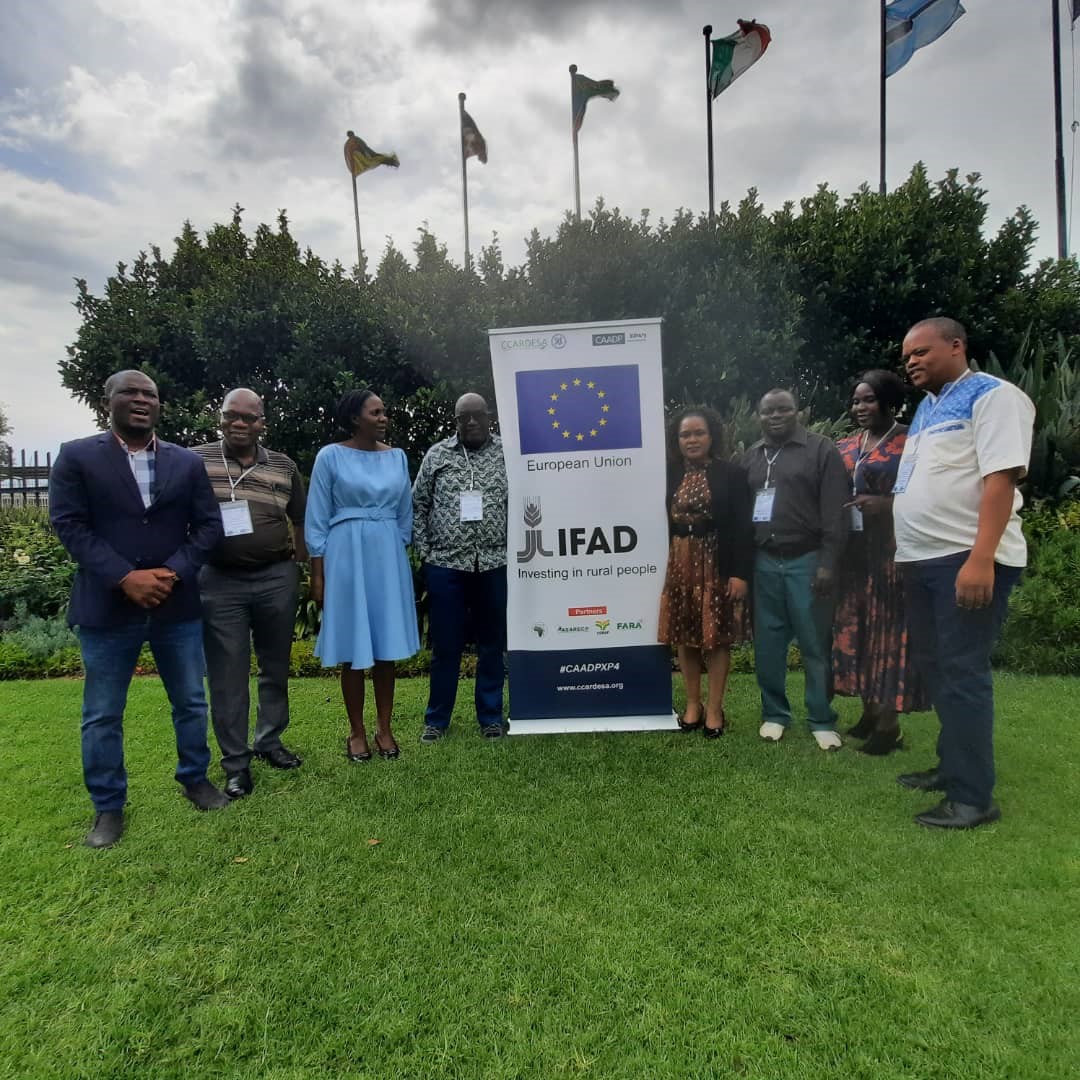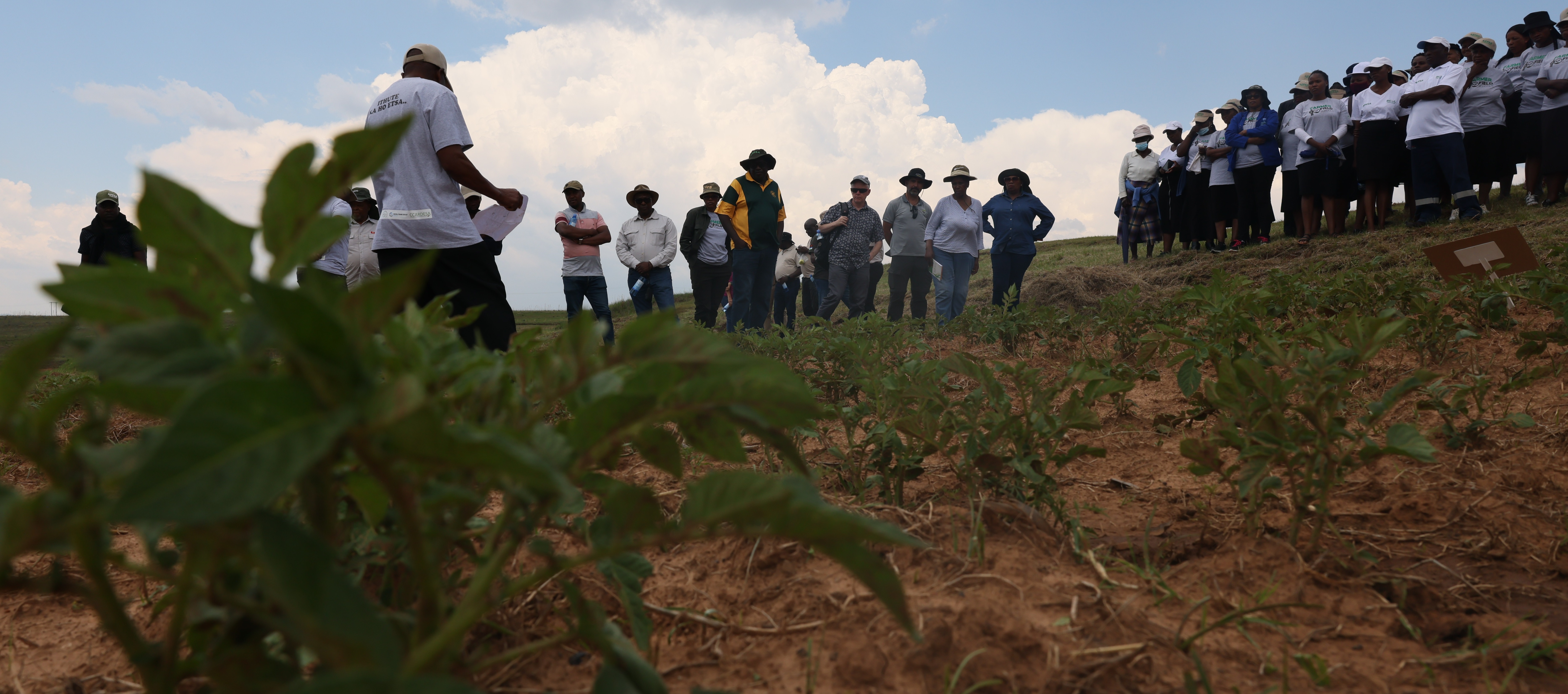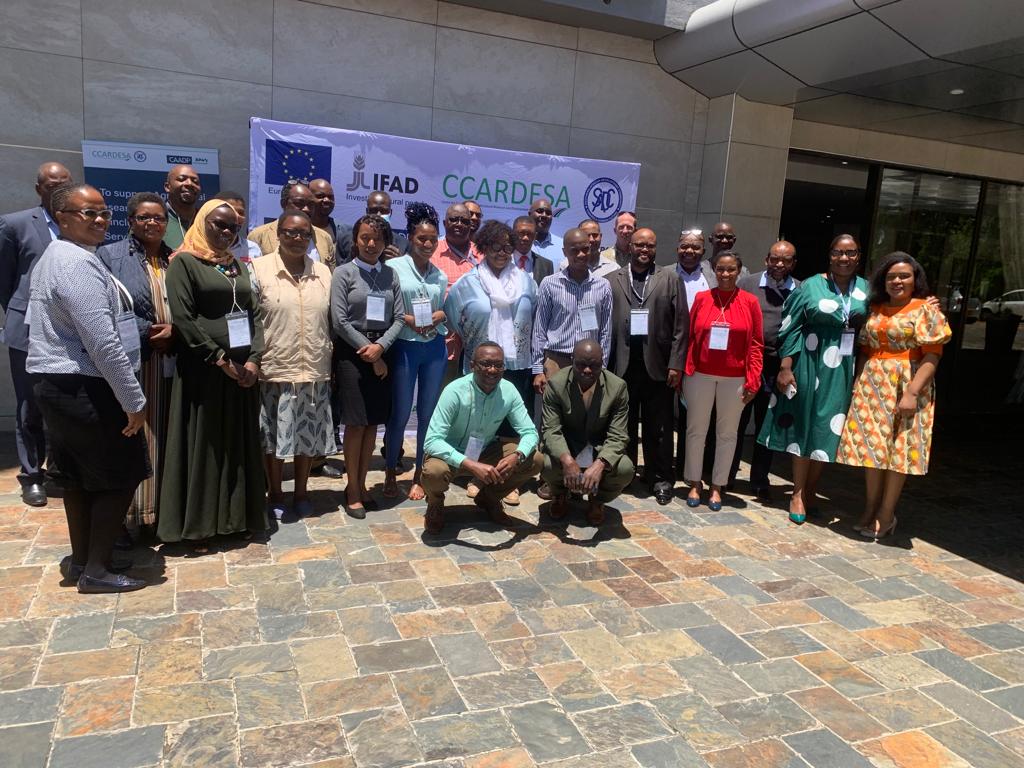Co-authors
Snorre Frid-Nielsen, James Norman, Manyewu Mutamba, Ana Maria Loboguerrero Rodriguez, Bruce Campbell
Description/Abstract
Climate-Smart Agriculture (CSA) is an approach to address the interlinked challenges of food
security and climate change, and has three objectives: (1) sustainably increasing agricultural
productivity, to support equitable increases in farm incomes, food security and development;
(2) adapting and building resilience of agricultural and food security systems to climate
change at multiple levels; and (3) reducing greenhouse gas emissions from agriculture
(including crops, livestock and fisheries). This paper examines 19 CSA case studies, to assess
their effectiveness in achieving the stated objectives of CSA, while also assessing other cobenefits,
economic costs and benefits, barriers to adoption, success factors, and gender and
social inclusion issues. The analysis concludes that CSA interventions can be highly effective,
achieving the three CSA objectives, while also generating additional benefits in a costeffective
and inclusive manner. However, this depends on context specific project design and
implementation, for which institutional capacity is key. The paper also identifies serious gaps
in data availability and comparability, which restricts further analysis.
Citation
Dinesh D, Frid-Nielsen S, Norman J, Mutamba M, Loboguerrero Rodriguez AM, and Campbell B.
2015. Is Climate-Smart Agriculture effective? A review of selected cases. CCAFS Working Paper no.
129. Copenhagen, Denmark: CGIAR Research Program on Climate Change, Agriculture and Food
Security (CCAFS). Available online at: www.ccafs.cgiar.org












